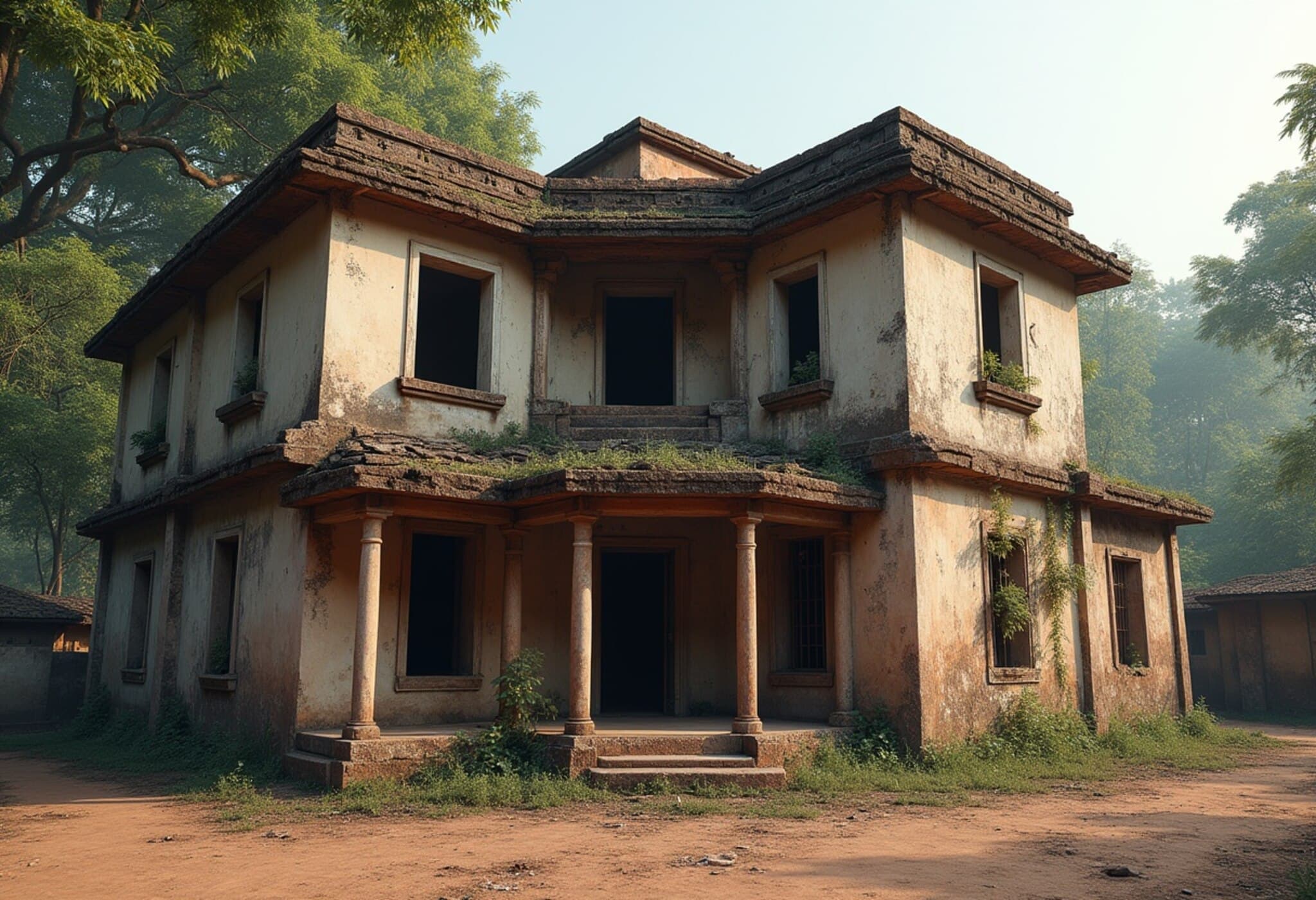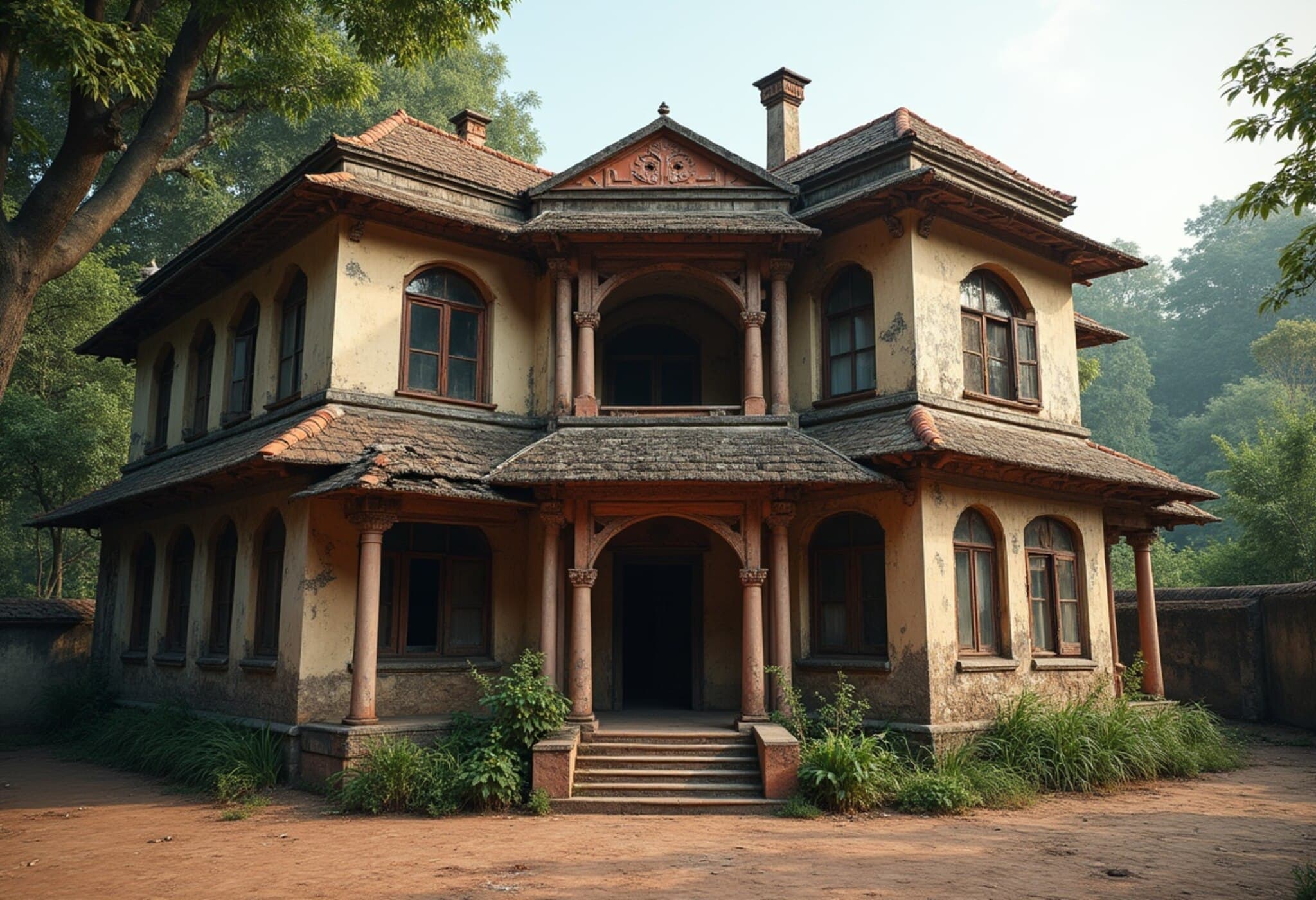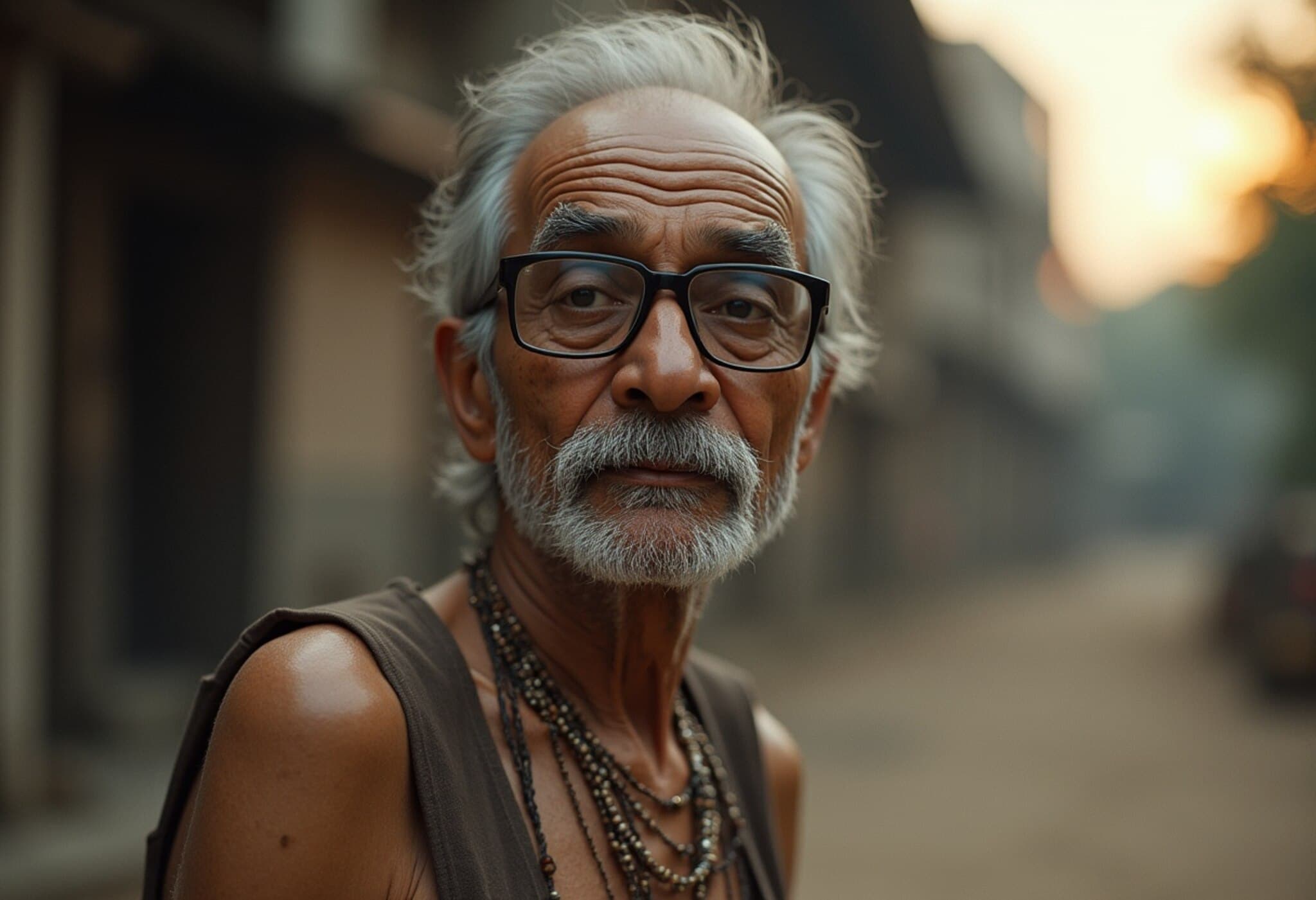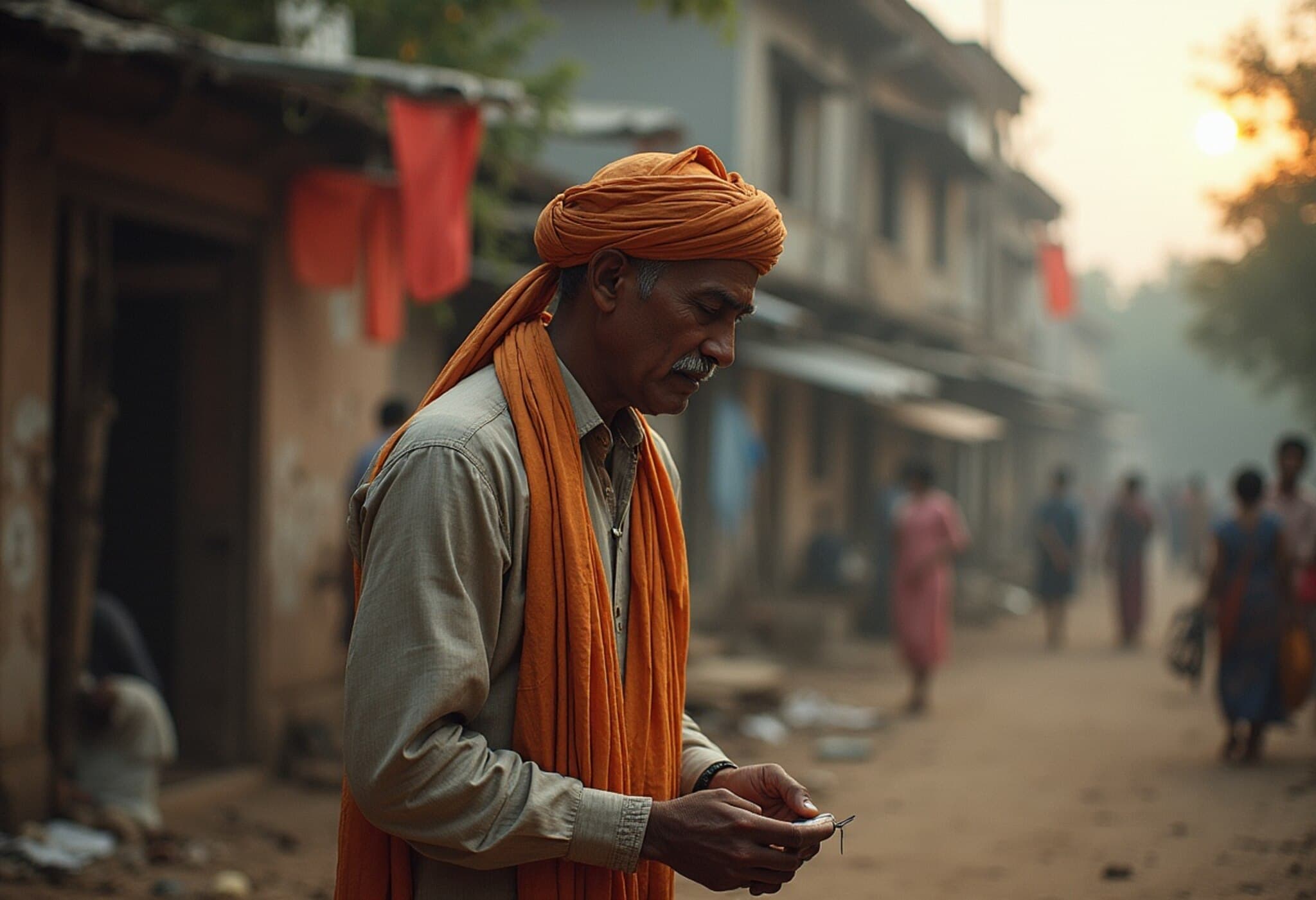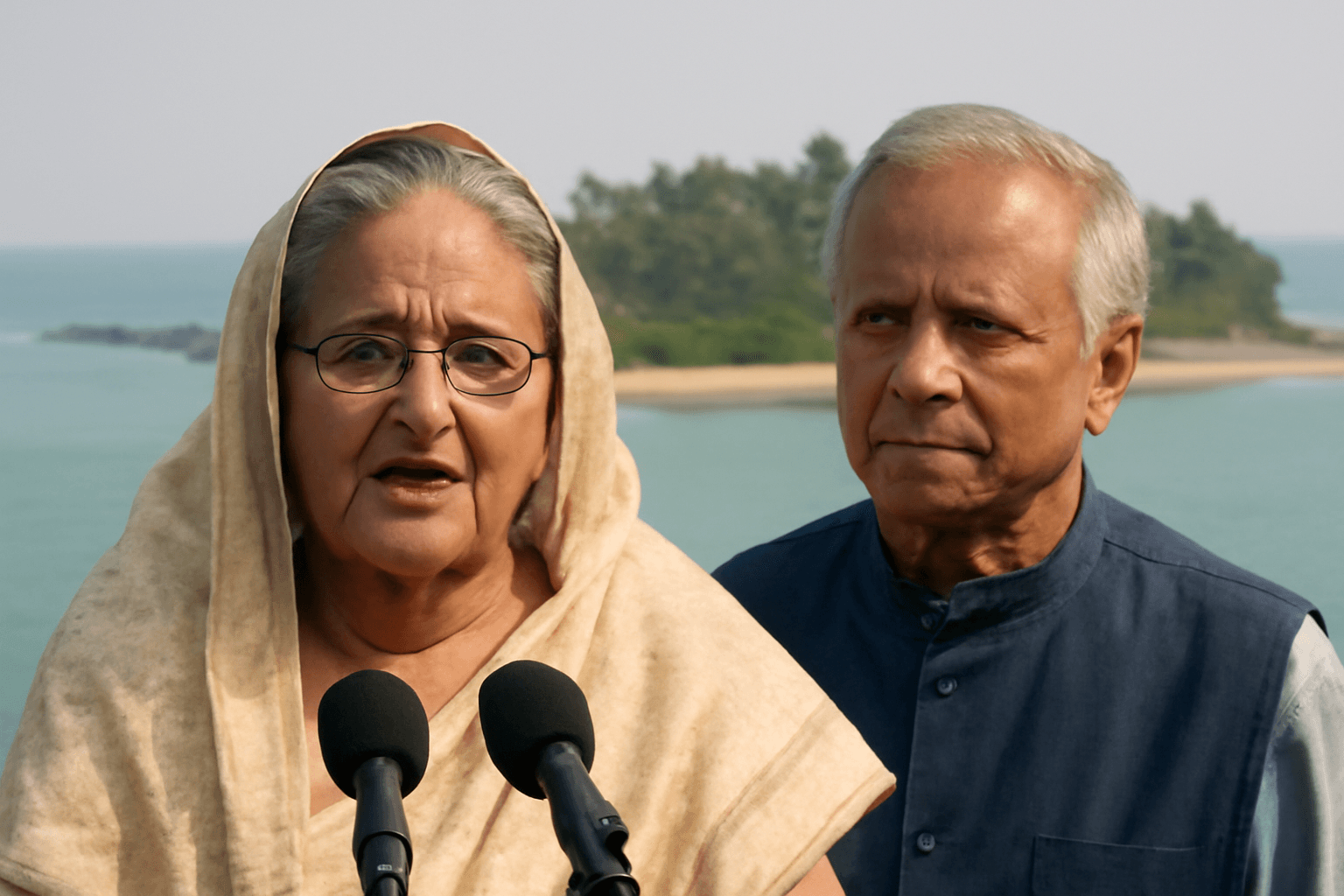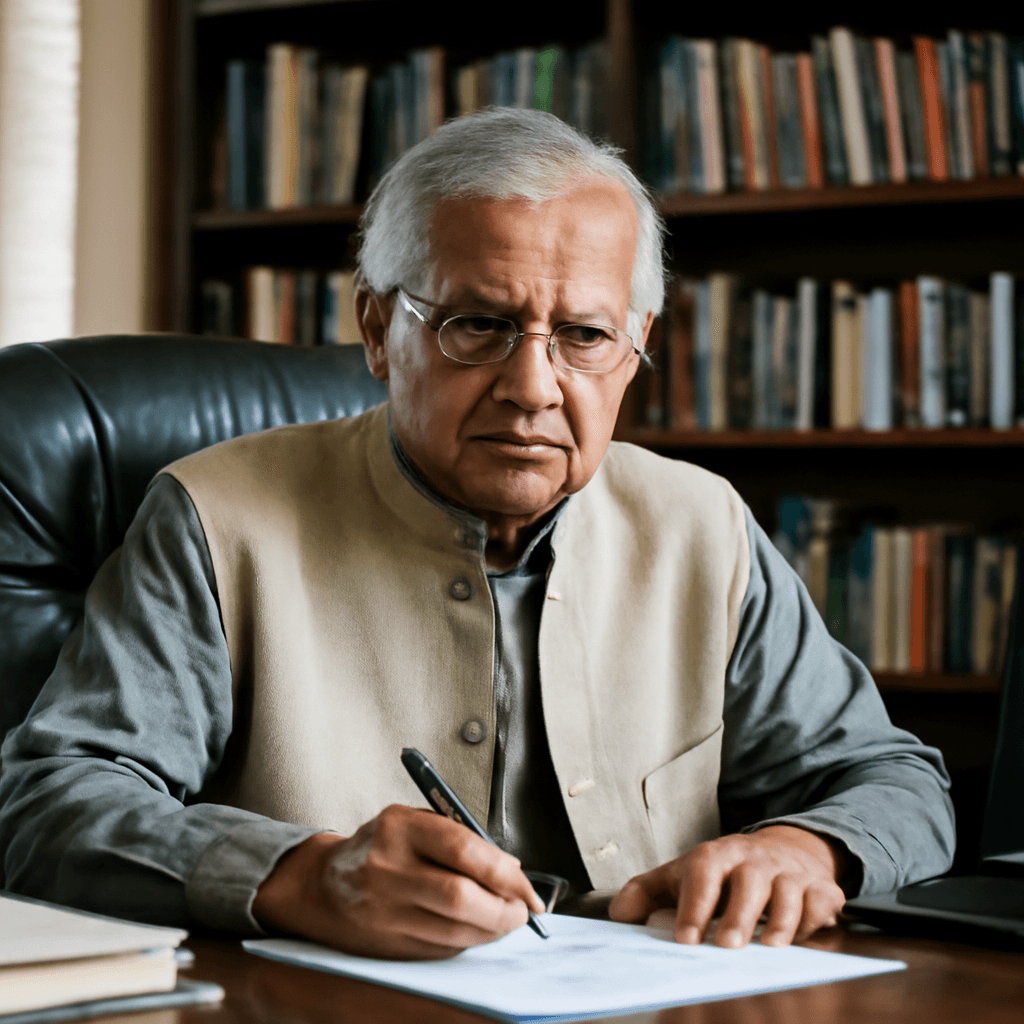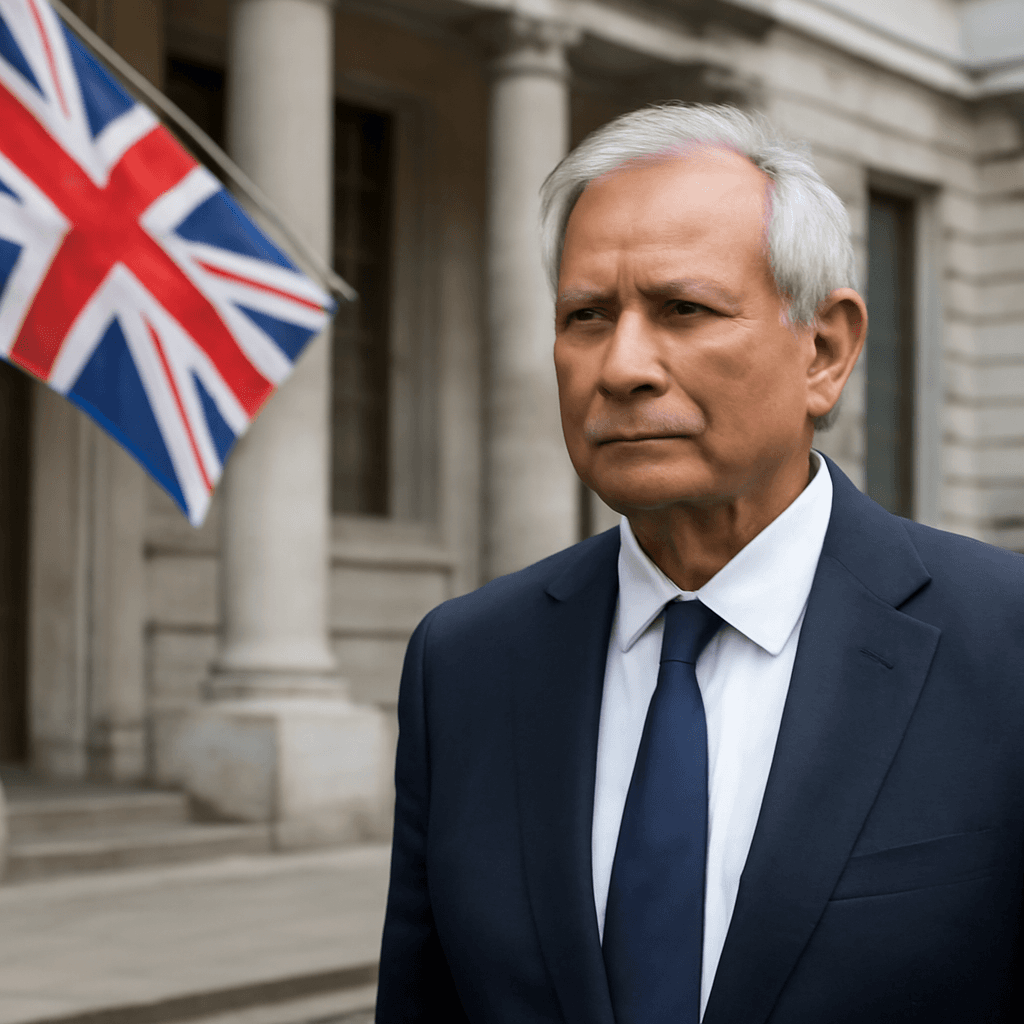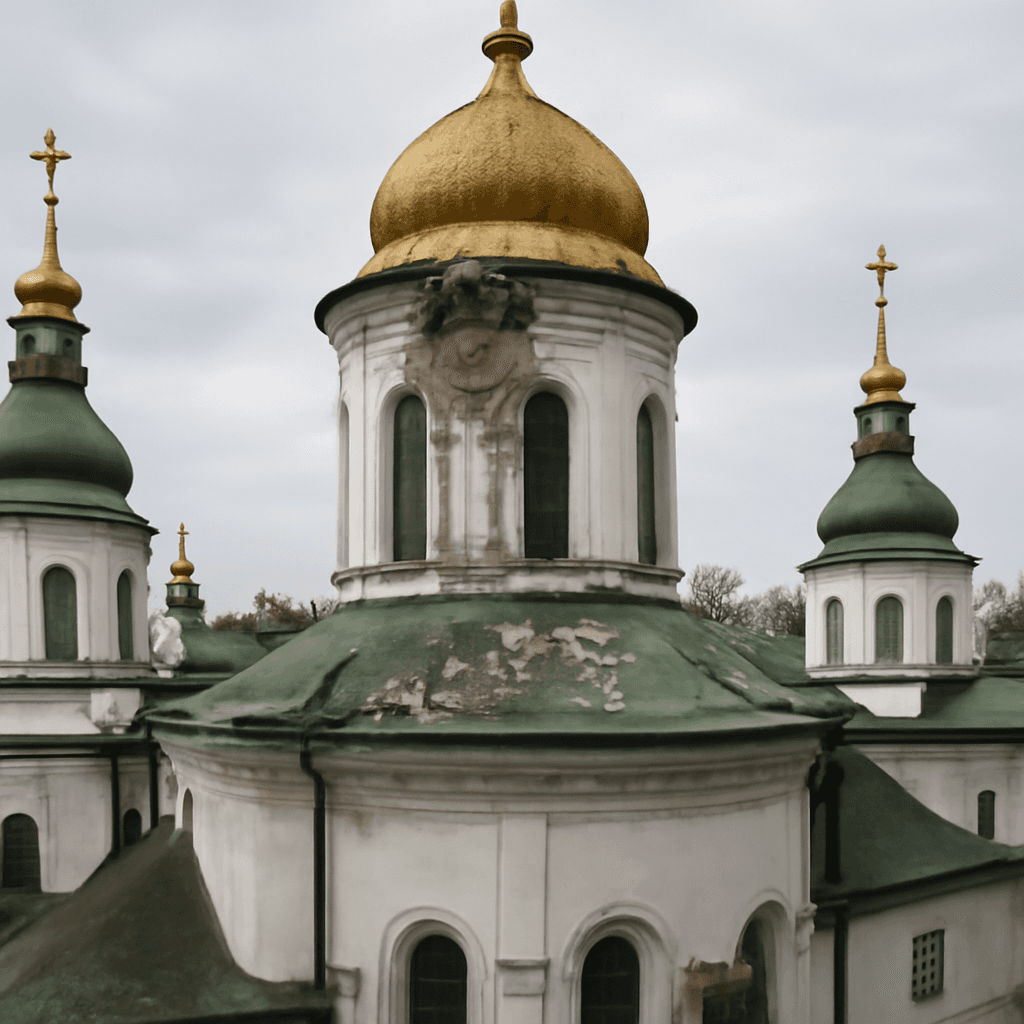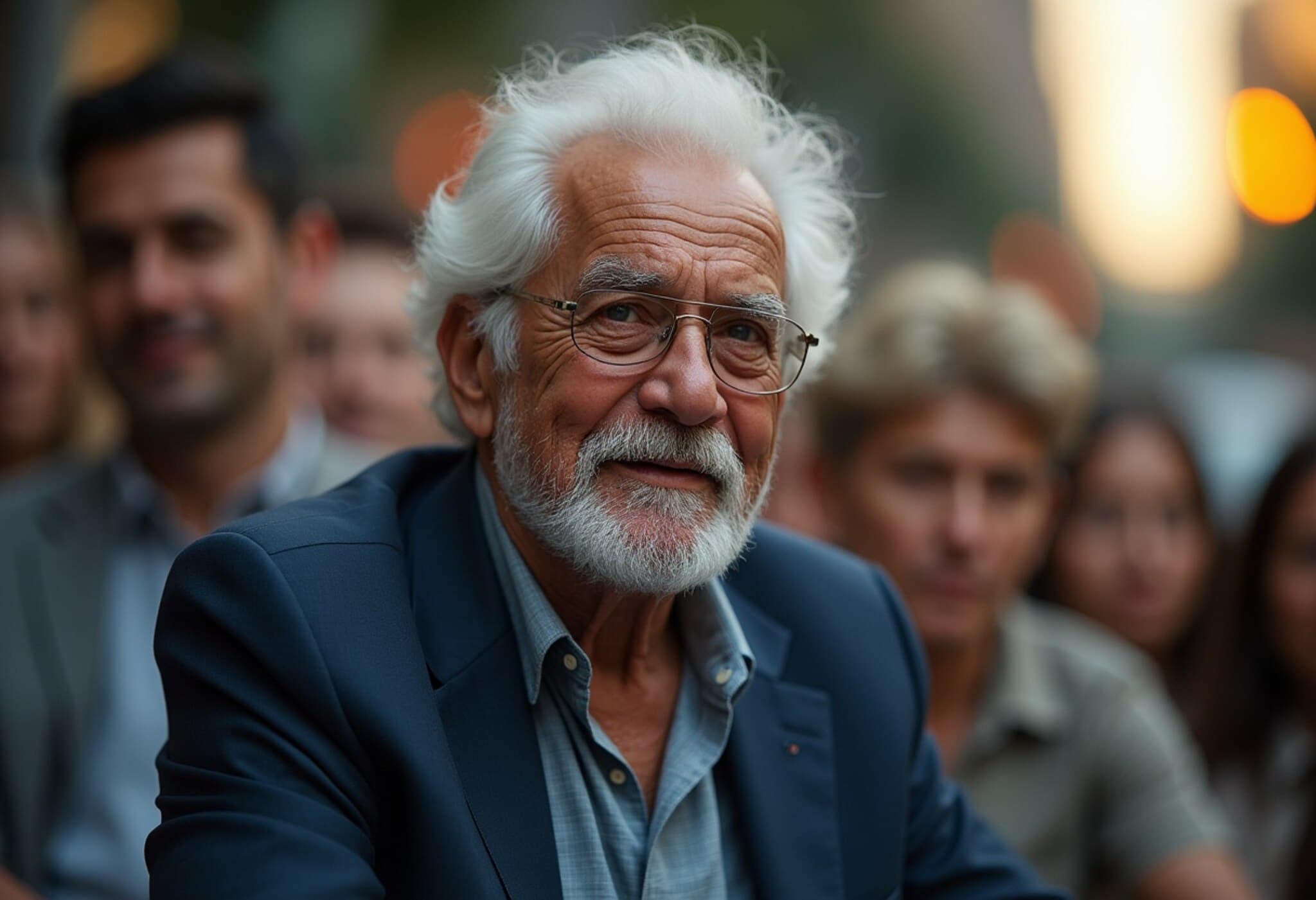Bangladesh Refutes India's Claims Over Satyajit Ray’s Ancestral Home Demolition
In a recent controversy stirring diplomatic and cultural sentiments, the Government of Bangladesh has firmly denied any historical ties between the house currently being demolished in Mymensingh district and the iconic Bengali filmmaker Satyajit Ray’s ancestral property. This rebuttal responds directly to concerns raised by the Indian government about the fate of the cherished heritage site linked to Ray’s grandfather, Upendrakishore Ray Chowdhury.
Background: Why the Dispute Matters
Satyajit Ray, renowned worldwide for his cinematic genius, descends from a lineage of distinguished Bengali literateurs. His grandfather, Upendrakishore Ray Chowdhury, was a prolific 19th-century writer, illustrator, and publisher whose legacy greatly contributed to Bengali culture. The property in question was believed by some Indian media and officials to be the ancestral home of this illustrious family, intensifying public and diplomatic concern when reports emerged about its demolition.
Bangladesh’s Official Statement and Historical Context
According to a statement released by Bangladesh’s Ministry of Foreign Affairs, after a detailed investigation into local land records and testimonies, the building under demolition was identified as a structure erected by Shashikant Acharya Chowdhury, a local zamindar, for his employees—not related to the Ray family. This building, described as dilapidated and unsafe, has long served as an office for the District Shishu Academy.
The statement emphasizes:
- The land is government-owned non-agricultural (khas) property leased to Shishu Academy.
- Local senior citizens and community leaders confirmed no known historical Ray family connection.
- The site is not registered as an archaeological or heritage monument.
Further distinctions were made to clarify that the Ray family home did exist on nearby Harikishore Ray Road—named after Satyajit Ray’s great-grandfather—but that property was sold decades ago and replaced by modern developments.
Indian Government’s Reaction and Offers of Cooperation
The Ministry of External Affairs (MEA) of India expressed ‘profound regret’ over the reports of demolition, underscoring the cultural and historical value attached to the site. It indicated a willingness to collaborate with Bangladesh to preserve or reconstruct the ancestral home, if confirmed as such.
This situation highlights the complex interweaving of shared cultural heritage between India and Bangladesh—two nations whose histories and arts have long been intertwined but often face jurisdictional nuances.
Expert Commentary: Cultural Heritage Preservation Across Borders
Heritage experts suggest that disputes like these emphasize the importance of meticulous record-keeping and clearly defined preservation policies, especially in regions with fluid historical boundaries. The claims and counterclaims also reflect how personal and national identities can hinge on physical spaces, underscoring the emotional stakes of heritage conservation in diplomatic contexts.
Moreover, this raises critical questions on how governments balance heritage preservation with urban development and safety concerns, as the Bangladeshi authorities cited the building’s deteriorated condition as a catalyst for demolition.
What’s Next?
Both India and Bangladesh continue to navigate the delicate dialogue surrounding cultural heritage sites. This episode could serve as a catalyst for enhanced bilateral cooperation mechanisms, ensuring that historic landmarks linked to revered figures—particularly those transcending national borders—are properly identified, preserved, and celebrated.
Editor’s Note
The uproar over the Mymensingh building’s demolition reflects broader challenges faced by regions rich in cultural legacies but grappling with modern development needs and complex histories. How can authorities ensure historical authenticity while meeting contemporary safety and space requirements? And what role should cultural diplomacy play when contested heritage sites emerge in cross-border contexts? These are pressing questions emerging from the Ray house controversy, reminding us that heritage is more than bricks and mortar—it is a bridge between past and present, and between peoples.

